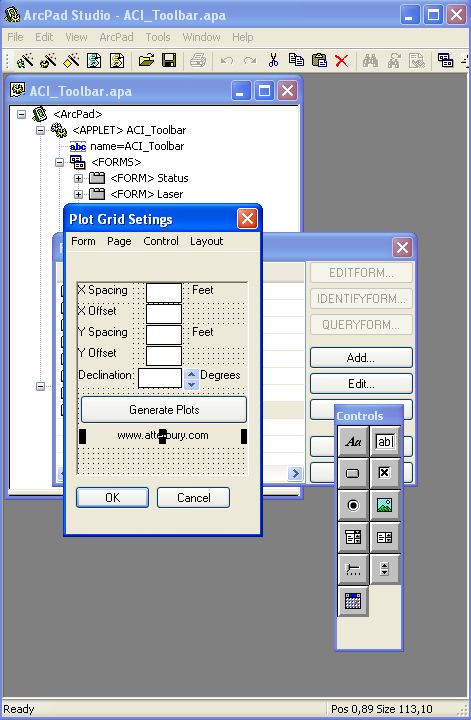

Consequently, the output features will shift as well, and the resultant output features may not overlay the original input raster exactly. This shift will trigger a resampling of the input raster using the Nearest Neighbor method. The concept of the linear feature extraction algorithm is to detect man-made features in a desert region characterized by a relatively large area with similar land cover (such as the. If Extent is specified in the environment setting and the lower-left corner of the output extent does not match any cell corner of the input raster, during processing, a shift of the cell alignment of the input raster will occur to match the specified extent. An automatic algorithm was thus devised to extract anthropogenic linear features of interest from the SAR imagery and convert them from raster to vector format. Comparing the output with different simplify options This tutorial helps you to digitize a raster map using Automated digitization. The result is presented for both the settings of the Simplify parameter. In this video I'll show you how you can easily digitize any picture to shapefile using Arc Scan toolbar. Other tools may be useful in solving similar problems. The Convert Feature to Raster tool converts from features to raster.

Cell sizeThe cell size to use in the output layer. To convert a raster to a multipoint feature class, use the Raster To Multipoint tool. Snap RasterAdjusts the extent of the output so it matches the cell alignment of the specified snap raster layer. These tools are located in the 3D Analyst toolbox and the Conversion > From Raster toolbox. Use these features for your visualization or analytic needs. The following graphic illustrates how the input raster is vectorized when it is converted to a polyline feature output. The raster is converted into feature data containing vector-based data extracted from the raster. The Field parameter allows you to choose which attribute field of the input raster dataset will become an attribute in the output feature class. Tiff is certainly a valid input to ALL geoprocessing tools that take raster input.

Tiff format is the default format for file based rasters in many geoprocessing tools (when workspace is set to folder rather than gdb). Go to Layer > Add Layer > Add Vector Layer (or press Ctrl+Shift+V). The tifs can be displayed but it is not suitable for data converting by using ESRI geoprocessing tools.
Convert raster to vector arc map how to#
Here’s a step-by-step guide on how to do this: Open QGIS and load your point data: a. Usage The input raster can have any valid cell size greater than 0, and may be any valid integer raster dataset. In QGIS, you can convert points to polygons using the Points to Path and Lines to Polygons tools. If a field is not specified, the cell values of the input raster (the VALUE field) will become a column with the heading Grid_code in the attribute table of the output feature class. Converts a raster dataset to polyline features. The input raster can have any valid cell size greater than 0, and may be any valid integer raster dataset.


 0 kommentar(er)
0 kommentar(er)
